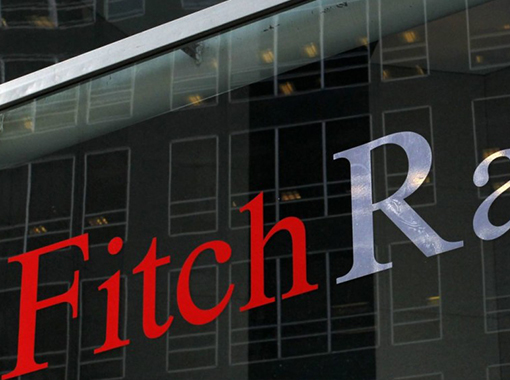
On December 7, 2016, Fitch Ratings affirmed the long-term foreign and local currency issuer default ratings (IDRs) for Sberbank, Vnesheconombank (VEB), and their leasing subsidiaries, Sberbank Leasing and VEB-Leasing, at “BBB-,” the ratings agency announced.
Fitch also affirmed the long-term IDRs of Gazprombank (GPB), its Swiss subsidiary Gazprombank Ltd (GPBS), and the Russian Agricultural Bank (RusAg) at “BB+.” The outlooks on the IDRs of all seven entities are “Stable.”
The affirmation of the long-term foreign currency IDRs and support rating floors (SRFs) of Sberbank and VEB at the sovereign level of “BBB-,” and those of RusAg and GPB at “BB+,” reflects Fitch’s view of a very high propensity of the Russian authorities’ support for the banks, Fitch notes. Sberbank is the largest bank in Russia, as well as in Central and Eastern Europe. The Bank is the principal lender to the Russian economy and the undisputed leader in the market of deposits that accounted for 43.3 percent of all retail deposits, 32.7 percent of retail loans, and 32.1 percent of loans to legal entities as of end-2013.
The bank’s authorized capital is RUB67.76 billion (USD1.12 billion). It consists of 21,586,948 thousand common shares of stock and one billion preferred shares of stock with a face value of three roubles each. The Bank of Russia owns 50 percent plus one voting share in Sberbank.
The IFRS net profits of Sberbank for the first half of 2016 grew 3.2 times to RUB263.1 billion (USD4.34 billion). The net interest income increased by 55.5 percent to RUB664.8 billion (USD10.96 billion). The net fee and commission income rose by 15.3 percent to RUB163.1 billion (USD2.69 billion).
According to AK&M Information Agency’s DataCapital information retrieval system, the RAS net profit of Sberbank for the nine-month period from January to September 2016 increased 2.6 times year-on-year to RUB376.7 billion (USD6.21 billion). In September, the value of assets increased by 0.2 percent to RUB21.9 trillion (USD360 billion).
VTB Bank ranks as the second largest Russian bank after Sberbank in terms of asset size. The government holds a 60.9-percent equity stake in the bank.
The IFRS net profits of VTB for the third quarter of 2016 increased by 201.6 percent year-on-year to RUB18.7 billion (USD310 million). Net profits for the nine-month period were RUB34.1 billion (USD560 million), against a loss of RUB10.9 billion (USD180 million) registered in the prior year. The group’s net interest income increased by 58.4 percent to RUB310.4 billion (USD5.11 billion).
The RAS net profits of the VTB Group for the first half of 2016 increased by 88 percent to RUB39.826 billion (USD660 million) from RUB21.055 billion (USD350 million) registered in the prior year. Pre-tax profits increased to RUB42.27 billion (USD700 million) from RUB21.567 billion (USD360 million) registered in the first half of 2015.
Gazprombank, established in 1990, is among the three largest banks of Russia in terms of financial performance. The bank serves the key industries of the Russian economy, such as oil, gas, nuclear power, the chemical and the petrochemical industry, black and non-ferrous metallurgy, the electric power sector, mechanical engineering and metalworking, transportation, construction, telecommunications, agriculture, as well as retail. The bank’s principal shareholders are Gazprom and NPF Gazfond.
The IFRS net profits of the GPB Group for the first half of 2016 was RUB14.2 billion (USD230 million), against a loss of RUB22.9 billion (USD380 million) registered in the prior year. The aggregate profit was RUB5.6 billion (USD90 million). The group’s interest income reached RUB195.4 billion (USD3.22 billion), increasing by 8.2 percent year-on-year. Interest expenses decreased by three percent to RUB135.6 billion (USD2.24 billion). The group’s net interest income increased by 46.4 percent to RUB59.8 billion (USD990 million). As of June 30, 2016, the bank’s total assets stood at RUB5,032.9 billion (USD83 billion), having decreased 1.7 percent since December 31, 2015.
The RAS net profits of Gazprombank for the first half of 2016 was RUB21.888 billion (USD360 million), against a loss of RUB19.171 billion (USD320 million) registered in the prior year.
The joint stock company Russian Agricultural Bank (Rosselkhozbank, or
RusAg) was founded in March 2000 to provide services to agricultural companies. Today, the bank is among the top ten banks in the country. Rosselkhozbank ranks second in the size of its branch network that consists of more than 1,500 departments throughout the country, with more than half in smaller towns and villages.
The bank’s representative offices are operating in Belarus, Kazakhstan, Tajikistan, Azerbaijan, and Armenia. The sole shareholder of Rosselhozbank is the Russian government, represented by the Federal Agency for State Property Management.
The IFRS net loss of Rosselkhozbank for the first half of 2016 decreased 1.7 times to RUB25.26 billion (USD420 million). The net interest income was RUB26.7 billion (USD440 million). The net fee and commission income stood at RUB6.6 billion (USD110 million). In the six-month timeframe from January to June 2016, the bank’s assets increased by 3.1 percent to RUB2.42 trillion (USD40 billion).
The RAS net profits of Rosselkhozbank for the first half of 2016 were RUB871 million (USD14.36 million), against a loss of RUB16.273 billion (USD270 million) registered in the prior year. Pre-tax profits were RUB1.731 billion (USD30 million), against a pre-tax loss of RUB18.255 billion (USD300 million) registered in the prior year.


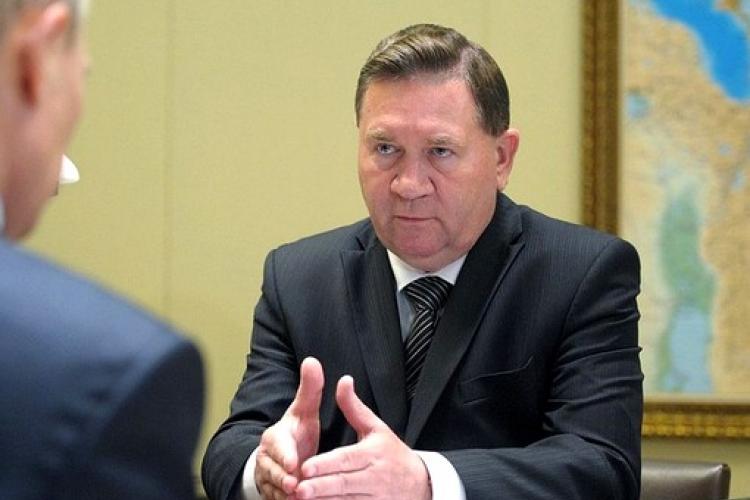
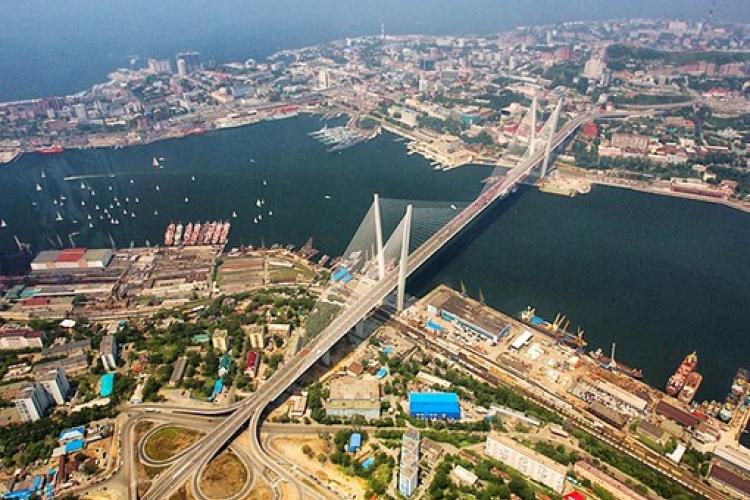

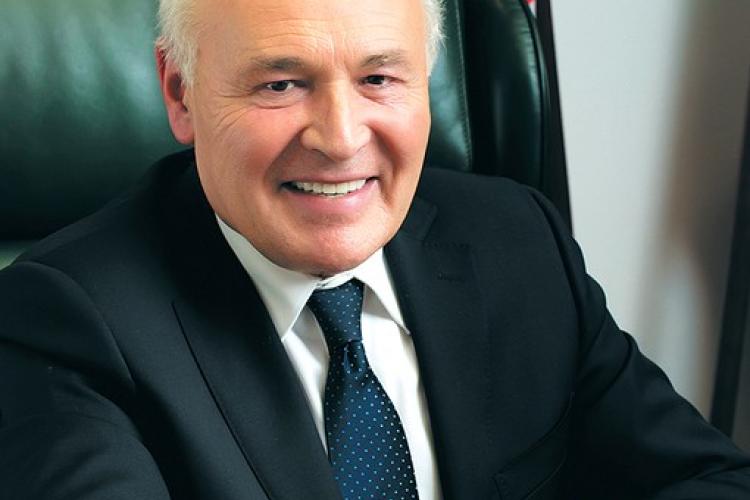
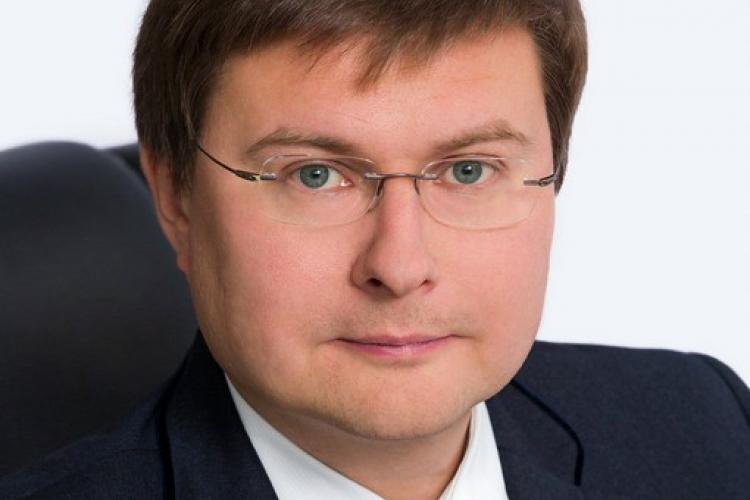


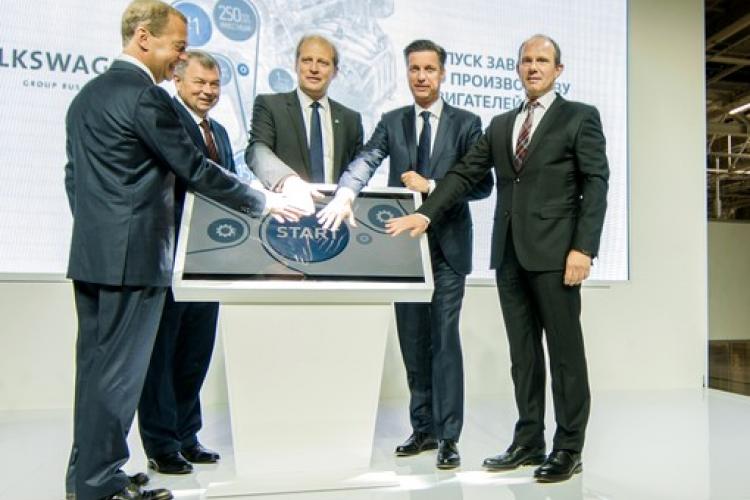
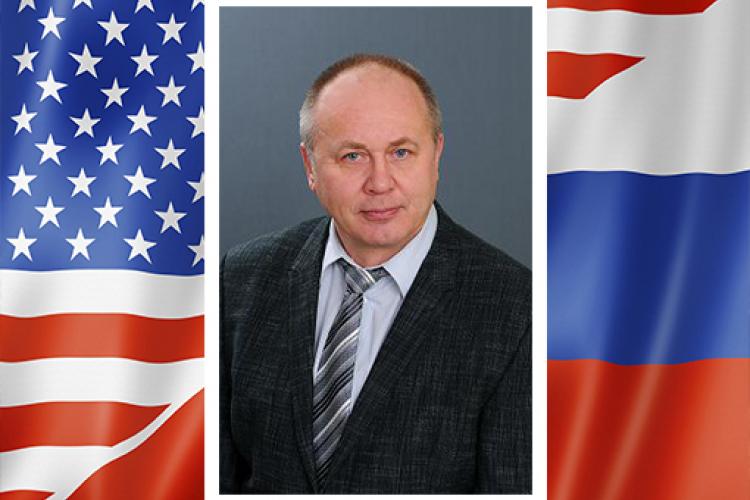

Leave a comment